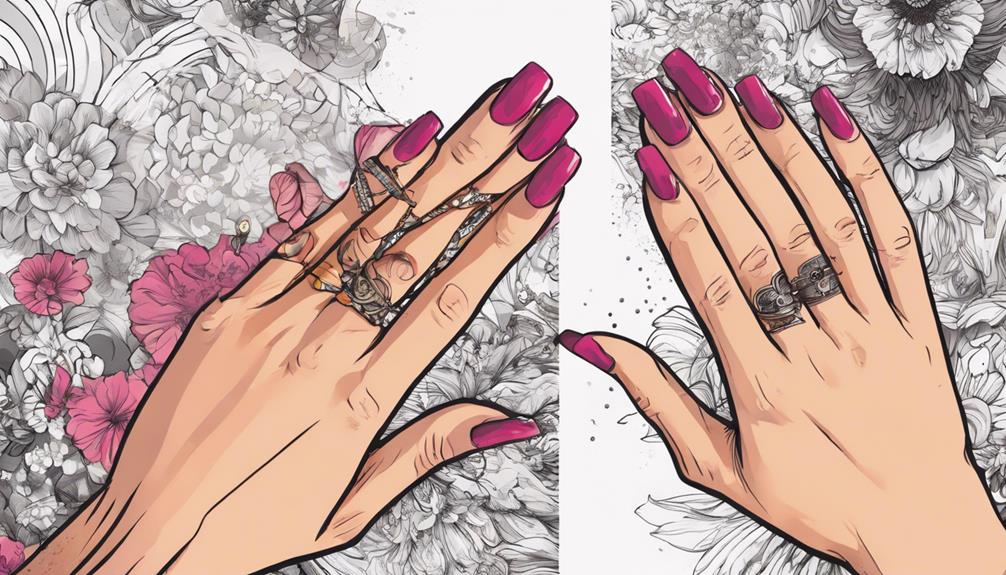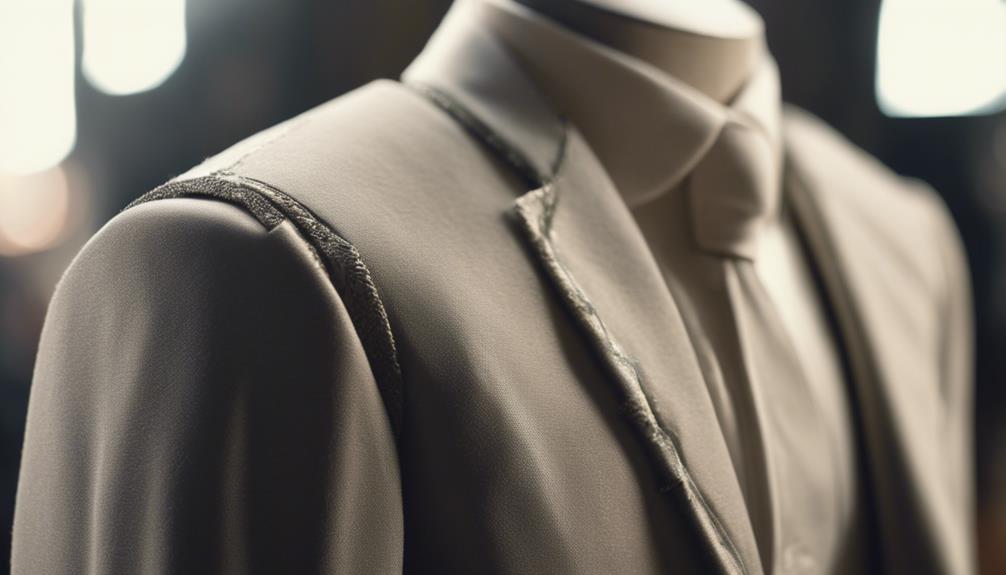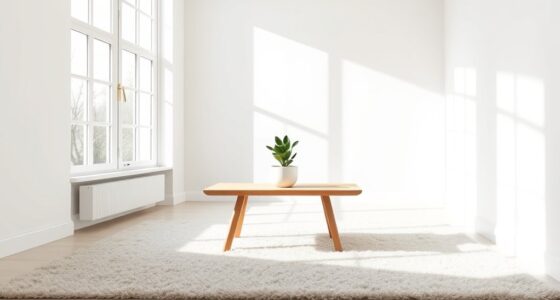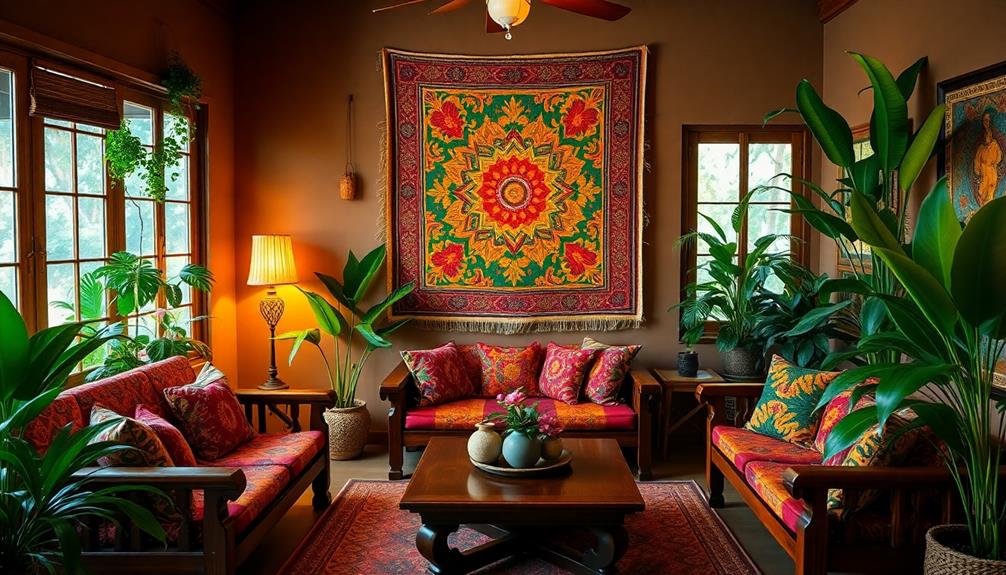You're probably curious about gel overlays, a popular nail enhancement technique. In essence, a gel overlay involves applying a thin layer of hard builder gel onto your natural nails, providing protection, enhancement, and prevention of breakage and peeling. This odorless, healthier alternative to acrylics promotes nail health and longevity, offering a natural look and feel. With minimal filing and curing process, gel overlays excel in application, durability, and appearance. As you explore the world of gel overlays, you'll discover the benefits and possibilities, from design options to maintenance and care, and learn how to achieve the nail look you desire.
Key Takeaways
- A gel overlay is a thin layer of hard builder gel applied onto natural nails for protection, enhancement, and a natural look.
- Gel overlays are odorless, promote nail health, and offer versatility in colors and finishes, making them a healthier alternative to acrylic overlays.
- Preparation involves removing old polish, pushing back cuticles, cleansing, and shaping nails, while maintenance requires regular appointments and necessary repairs.
- Gel overlays provide a long-lasting finish, are lightweight, and prevent breakage and peeling, making them ideal for nail art and design.
- With proper application and care, gel overlays can promote healthy nail growth and longevity, making them a must-have for nail care enthusiasts.
What Is a Gel Overlay?
When you opt for a gel overlay, you're essentially applying a thin layer of hard builder gel directly onto your natural nails, without adding any length or tips. This means that your natural nail shape and size remain intact, while still benefiting from the protection and enhancement that gel overlays provide.
Essentially, a gel overlay is a way to strengthen and beautify your natural nails without altering their natural shape or length. By applying a thin layer of hard builder gel, you're creating a shield that protects your natural nails from breakage and peeling, while also giving them a glossy and natural finish.
This process is lightweight, providing a more natural look and feel compared to other nail extension methods. With a gel overlay, you can rest assured that your natural nails are well-protected and looking their best.
Benefits of Gel Overlays

By choosing a gel overlay, you're not only strengthening your natural nails but also opening yourself up to a multitude of benefits that enhance their overall health and appearance. For starters, gel overlays offer an odourless application process, making them a preferred choice for those sensitive to strong chemical smells. Additionally, they're healthier for your natural nails compared to acrylic overlays, as they require less filing, reducing the risk of damage.
With gel overlays, you can enjoy versatile colours and finishes, allowing for a wide range of customization options to suit your individual preferences. The result is a glossy and natural finish that provides a polished look while enhancing the strength and durability of your natural nails. Plus, less filing of your natural nails is required for gel overlays, making them a gentler option that promotes nail health and longevity.
How Gel Overlays Differ

When delving into the realm of nail enhancements, it's crucial to grasp how gel overlays differentiate from other options. Gel overlays distinctly excel compared to acrylics in application, durability, and overall appearance.
Now, let's dissect the main distinctions that distinguish gel overlays, beginning with their enduring finish.
Gel Vs Acrylic
What sets gel overlays apart from acrylics, and why are they the preferred choice for a more natural look and feel?
For starters, gel overlays use hard builder gel, which adds an extra layer of protection and durability to your nails. This is in contrast to acrylics, which can be harsh on your nails due to the stronger chemicals used. As a result, gel overlays are a gentler option for those with sensitive nails.
While they may be more expensive than acrylic overlays, the benefits are well worth the extra cost. When you opt for a gel overlay, you can expect a more natural appearance and a longer-lasting finish, thanks to the curing process under a UV lamp. This process establishes a strong bond between the gel and your nail, making it less prone to chipping or cracking.
Lasting Finish
You'll notice that gel overlays provide a lasting finish, which sets them apart from other nail enhancement options and makes them a popular choice for those seeking a durable, high-gloss look. This finish is a result of the unique application process, which requires minimal filing of your natural nails, making it a gentler option.
Unlike acrylic overlays, gel overlays don't have a strong odor, making the application process more pleasant. With a wide range of colors and finishes available, you can customize your look to fit your style. The lasting finish of gel overlays is also due to their ability to promote healthier nail growth and maintenance. They're a great option for those who want a long-lasting, high-gloss finish without compromising the health of their natural nails.
With proper care, your gel overlay can last for weeks, making it a convenient and low-maintenance option. Overall, the lasting finish of gel overlays makes them a popular choice for those seeking a durable, high-gloss look.
Preparing for a Gel Overlay

Before applying a gel overlay, remove old nail polish and push back your cuticles to guarantee a clean slate for the application process. This establishes a strong bond between your natural nails and the gel overlay, allowing for a long-lasting finish.
To achieve the best results, it's crucial to prepare your nails properly. Here are some key steps to follow:
- Cleanse your nails: Remove oils and lotions to prevent interference with the gel overlay's adhesion.
- Shape your nails: Gently file your nails to your desired shape, taking care not to file too much, as this can weaken your natural nails.
- Push back cuticles: Gently push back your cuticles to prevent them from getting in the way of the gel overlay application.
- Dry your nails: Ensure your nails are completely dry before applying the gel overlay to prevent moisture from affecting the bonding process.
The Gel Overlay Process

Now that you're ready to start the gel overlay process, it's time to focus on the key steps that'll give you the desired results.
You'll begin by prepping your natural nail, ensuring a clean slate for the gel application.
Next, you'll apply the gel overlay, followed by the finishing touches that'll leave your nails looking salon-fresh.
Prep the Nail
As you begin the gel overlay process, gently buff the surface of your natural nail to remove shine and create a rough texture, allowing the gel to adhere securely. This vital step sets the foundation for a long-lasting and durable gel overlay. By roughening the surface of your natural nail, you're establishing a strong bond between the nail and the gel, guaranteeing a longer wear.
Here are the essential steps to prep your nail:
- Gently buff the surface of your natural nail to remove shine and create a rough texture.
- Apply a bonder or primer to the natural nail to ensure the gel overlay adheres securely and lasts longer.
- Apply a base coat of gel to the natural nail before curing it under a UV or LED lamp to create a strong foundation for the overlay.
- Ensure the nail is clean and dry, free of any oils or lotions, to establish a strong bond between the nail and the gel.
Apply Gel Overlay
With your natural nail properly prepped, you're ready to apply the gel overlay, a process that involves building up thin layers of hard builder gel to add strength and protection. This step is vital in creating overlay nails that offer a natural look and feel.
To begin, apply a thin layer of clear base coat to your prepared nail, making sure to cover the entire surface. Next, use a UV lamp to cure the layer for the recommended time. This step is necessary in creating a strong bond between the gel and your nail.
Continue building up thin layers of hard builder gel, curing each layer with the UV lamp, until you achieve the desired thickness. Remember to finish with a thin layer of top coat to seal and protect your gel overlay.
Finishing Touches
You're in the final stretch of the gel overlay process, where a few finishing touches will transform your nails into stunning, long-lasting masterpieces. The final steps involve shaping and refining the gel overlay to perfection. This is where the magic happens, and your nails are transformed into a work of art.
Here are the essential finishing touches to complete your gel overlay:
- Shaping and refining: Use a nail file to gently shape and refine the gel overlay, ensuring a smooth, even finish.
- Top coat application: Apply a glossy top coat to seal and protect the gel overlay, adding an extra layer of shine and durability.
- Finishing touches: Use a lint-free wipe to gently remove any excess gel or oils from around the cuticles and nail bed.
- Final inspection: Inspect your nails under a Deluxe Laser lamp to detect any imperfections or areas that require touch-ups.
Caring for Your Gel Overlay

Properly caring for your gel overlay requires regular touch-ups to prevent damage and guarantee a long-lasting, salon-fresh finish. You'll need to schedule appointments with your nail technician every two to three weeks to maintain the health and longevity of your overlays.
During these appointments, your technician will assess the condition of your nails and perform any necessary repairs or replacements. This regular maintenance is essential to prevent chipping, cracking, or lifting of the gel overlay.
By keeping up with these appointments, you'll be able to enjoy the benefits of gel overlays, including their lightweight and durable nature, which provides added protection to prevent breakage, splitting, or peeling. Remember, gel overlays are a long-term investment, and with proper care, they can last for several months.
Gel Overlay Vs Gel Extensions

When contemplating your nail enhancement options, it's crucial to understand the differences between gel overlays and gel extensions.
You might be wondering, which one is right for you? Let's break down the key differences between these two popular nail treatments, so you can make an informed decision that suits your nail needs.
Key Differences
When it comes to nail enhancements, sorting out the differences between gel overlays and gel extensions is essential, since they cater to distinct needs and preferences. You may be wondering, what sets them apart?
Here are the key differences to take into account:
- Length: Gel extensions add length to your natural nails, while gel overlays maintain your natural nail length.
- Purpose: Gel overlays provide added strength and protection to your natural nails, whereas gel extensions offer durability and flexibility with added length.
- Maintenance: Gel overlays require less maintenance than gel extensions, making them a convenient option for those seeking enhanced natural nails.
- Commitment: Gel overlays are ideal for individuals looking to reinforce their natural nails without the commitment of extensions.
Lasting Results
You can expect a noticeable difference in longevity between gel overlays and gel extensions, with the former typically lasting 2-3 weeks on natural nails and the latter persisting for 3-4 weeks with proper care. This difference in duration is important in deciding which option suits you best.
| Type | Duration | Purpose |
|---|---|---|
| Gel Overlay | 2-3 weeks | Strengthen natural nails |
| Gel Extensions | 3-4 weeks | Add length and durability |
| Gel Overlay | 2-3 weeks | Ideal for nail strengthening |
| Gel Extensions | 3-4 weeks | Preferred for added length |
When choosing between a gel overlay and gel extensions, consider your personal preferences, nail health, and desired maintenance routine. If you want to strengthen your natural nails without added length, a gel overlay is the way to go. However, if you're looking for longer nails with added durability, gel extensions are the better choice. By understanding the lasting results of each option, you can make an informed decision that suits your needs.
Design Options and Ideas

With gel overlays, you can tap into your creativity and explore a vast array of design options that cater to your unique style and preferences. Overlays need not be limited to simple, solid colors – the possibilities are endless!
Here are just a few design options to get you started:
- French tips: Add a touch of elegance with crisp, white tips that complement any outfit.
- Gradient effects: Gradually shift from one color to another for a mesmerizing, multi-tonal look.
- Glitter accents: Add some sparkle and shine with subtle or bold glitter accents that catch the light.
- Intricate nail art designs: Get creative with stamping, marbling, or freehand painting techniques to create one-of-a-kind masterpieces.
With gel overlays, you can customize your nail art with a wide range of colors, textures, and finishes to suit your individual style. From subtle and understated to bold and eye-catching, the design options are truly limitless.
Whether you're looking for a classic, timeless look or a trendy, statement-making design, gel overlays provide the perfect canvas for your creativity.
Common Gel Overlay Mistakes

As you experiment with gel overlays, it's equally important to be mindful of the common mistakes that can compromise the quality and longevity of your nail art.
One common mistake is applying gel overlays on weak, damaged nails, which can lead to lifting and premature chipping.
You should also avoid incorrect curing times or inadequate lamp strength, as this can result in gel overlay peeling or cracking.
Skipping proper nail preparation steps like dehydration and priming can also cause gel overlays to lift.
Additionally, using expired or low-quality gel products can compromise the longevity and quality of your gel overlays.
Lastly, be cautious not to over-file or excessively buff your natural nails before applying gel overlays, as this can weaken the nail structure and lead to breakage.
Maintaining Healthy Nails

Regular gel overlay maintenance appointments become an essential shield against nail damage, ensuring your natural nails stay healthy and strong. With regular appointments, you can prevent common nail problems like breakage, splitting, or peeling. Gel overlays provide a protective layer that safeguards your natural nails from damage, promoting overall nail health.
Here are some benefits of gel overlays for maintaining healthy nails:
- Less filing: Gel overlays require less filing of your natural nails, preserving their integrity.
- Odourless application: The application process is odourless, making it a more comfortable experience for you.
- Gentle chemicals: Gel overlays use milder chemicals compared to acrylic overlays, making them a gentler option for nail enhancement.
- Natural finish: Gel overlays offer a glossy and natural finish, enhancing the appearance of your nails while maintaining their health.
Frequently Asked Questions
What Is the Point of Gel Overlays?
You're wondering what's the point of gel overlays? Well, they provide a protective shield, preventing breakage and promoting healthier nail growth, while also offering customization options and a natural look that's lightweight and long-lasting!
What Does Overlay Do to Your Nails?
You'll be amazed to know that 80% of women experience nail breakage; a gel overlay helps! It strengthens and protects your natural nails, promoting healthy growth, and adds a glossy finish, all while allowing for customization with various colors and finishes.
Which Is Better, Acrylic or Gel Overlay?
You're wondering which overlay is better, acrylic or gel? Honestly, gel overlays are the way to go – they're odorless, gentler on your nails, and offer a natural finish, making them a superior choice for nail health and style.
What Is the Difference Between Hard Gel and Overlay?
You're wondering what sets hard gel apart from overlay – hard gel is used for nail extensions, whereas gel overlay adds a protective layer to your natural nails without extending their length.
Conclusion
As you now know, gel overlays are a game-changer for your nail game. With their long-lasting, high-gloss finish and versatility in design, it's no wonder they're a popular choice.
By following the tips and tricks outlined above, you'll be well on your way to achieving salon-quality nails from the comfort of your own home. With a little practice and patience, your nails will be the envy of all your friends, shining bright like a beacon of nail art excellence.










